With summer in full swing, it's a good time to dive into the official hot weather dessert: ice cream.
The words "frozen dairy dessert" sound far less appealing than "ice cream," which evokes a sense of childhood nostalgia (at least for me) about the satisfying sweetness that made hot summer days just a little bit more bearable. However, the reason that some ice cream packages are labeled "frozen dairy dessert" and not "ice cream" is due to FDA regulations on the term "ice cream."
To qualify as ice cream, a product must meet two criteria:
1. Ice cream must contain a minimum of 10% dairy milkfat.
2. Ice cream must have no more than 100% overrun and weigh no less than 4.5 lbs. per gallon.
But what the heck is "overrun," you ask? Well, overrun is the amount of air that is whipped into the ice cream base during freezing and is usually presented by a percentage. For example, with 100% overrun, each gallon of ice cream base produces 2 gallons of finished ice cream.
The more air churned into the ice cream base, the lighter and fluffier the texture. A product with low overrun will be more dense and heavier. The FDA regulates the amount of overrun in ice cream in order to prevent unscrupulous manufacturers from producing and selling an ice cream product that is mainly air instead of cream. (Thanks U.S. government!)
So now we know what constitutes ice cream. Anything with less than 10% milkfat and/or more than 100% overrun cannot use the term "ice cream" officially, hence the designation of "frozen dairy dessert."
But to make things even more confusing, the "frozen dairy dessert" category itself can be broken down into numerous subcategories based on the milkfat percentage, and all of those categories include the words "ice cream" (in conjunction with descriptors) despite failing to meet the criteria for ice cream proper.
Keep in mind, though, that these labels are Commercial Item Descriptions set out by the USDA. That is, they are marketing terms and, with the exception of "ice cream" as defined, are not federally regulated. Companies may choose to use these item descriptions for their products if they wish.
The following are labels you might see applied to frozen, creamy treats regarding their milkfat content:
Ice Cream - As mentioned, ice cream must contain no less than 10% dairy milkfat. Examples: Dreyer's/Edy's.
Reduced Fat Ice Cream - Contains at least 25% less total milkfat compared to regular ice cream. Example: Dairy Queen and McDonald's soft serve.
Light Ice Cream - A minimum of 50% less total milkfat. Example: Dreyer's/Edy's Slow Churned line.
Lowfat Ice Cream - Has a maximum of 3g of total fat per 1/2 cup serving. Example: Skinny Cow Lowfat Ice Cream.
Nonfat Ice Cream - Contains less than 0.5g of total fat per serving ("nonfat" is a bit of a misnomer, but companies are allowed to round down to 0g fat on their nutritional information labels). While nonfat ice cream used to be easy to find, it has been largely displaced by better-for-you frozen desserts that range from non-dairy, low-carb, and/or high-protein options. Halo Top is probably the best-known "better-for-you" brand replacing nonfat ice cream.
A company may sell multiple types of dairy-based, frozen dessert products across more than one line. For example, Breyers sells both ice cream (their Classics line) and frozen dairy desserts (most of their products), which include many cookie-themed and candy-themed flavors like Reese's, Oreo
In addition to labels based on the fat content of the ice cream (or frozen dairy dessert, to be more accurate), there are likewise quality segments within the official "ice cream" category based on overrun and ingredient quality. Once again, these are marketing definitions set out by the USDA but are not federally regulated.
Superpremium Ice Cream - These ice creams tend to have a very low overrun (as low as 20% even) and a high-fat content (>14%), resulting in a very dense and rich product with a weight typically greater than 80g per 1/2 cup. They also typically use higher-end ingredients with a price point to match and come in smaller containers with gourmet flavors. Examples: Haagen-Dazs and Ben & Jerry's.
Premium Ice Cream - Premium ice creams tend to have lower overrun (~60-90%) and higher fat content (11-15%) than regular ice cream, resulting in a heavier ice cream (weight of about 73g per 1/2 cup). Examples: Blue Bell and Baskin-Robbins.
Standard Ice Cream - Meets the fat (10%) and overrun (100% or less) required of the federal ice cream standard. The weight of standard ice cream tends to fall around 65g for 1/2 cup. Example: Breyers ice cream line.
Economy Ice Cream - Meets the fat (10%) and overrun (100% or less) required of the federal ice cream standard, but tends to sell for a lower price than standard ice cream. Example: Typically the store brand, or those large tubs of ice cream ubiquitous to kids' birthday parties everywhere.
So what about the other kinds of treats that pop up in the frozen dessert aisle at your local supermarket? What makes gelato and frozen custard different from "ice cream" as we have now defined it?
Gelato is ice cream's Italian cousin. The word gelato actually means "ice cream" in Italian, but there are differences between gelato and ice cream in the U.S. regarding milkfat content. Gelato generally contains less milkfat than the FDA requirement for ice cream but also tends to have a particularly low overrun (typically 20-30%), resulting in a lower-fat but still dense and rich frozen dessert.
There is no standard definition set out by the FDA regarding gelato, but the Italian government requires their gelato to contain a minimum of 3.5% milkfat with no upper limit established.
Talenti is an example of gelato, which has a dense texture with a weight of 100g per 1/2 cup but only 9% milkfat (according to my calculations of the nutritional info on the Tahitian Vanilla Bean flavor).
Frozen Custard, also known as French ice cream, is very similar to ice cream except that it must contain a certain amount of egg. Frozen custard must contain a minimum of 10% milkfat as well as at least 1.4% egg yolk (anything with less egg yolk is simply considered ice cream). Frozen custard is characteristically very dense and typically has an overrun of 15-30%, and combined with the high milkfat and egg yolk, produces a frozen dessert with a smoother consistency than ice cream.
Unlike ice cream, frozen custard is typically prepared fresh at the place of sale (such as a frozen custard shop or certain fast-food chains such as Shake Shack and Culver's). Dreyer's/Edy's once offered a Frozen Custard line in supermarkets but it has been discontinued.
Personally, no matter the label attached to the container, I'll always just call it "ice cream" if it's creamy and frozen. This includes the pints upon pints of Talenti currently nestled in my freezer.
For further reading on the subject, you can find the official FDA regulation code on ice cream here and the USDA Commercial Item Description document regarding ice cream and related products can be found here.
Last updated 5/3/2024.
Photos via Breyers, Skinny Cow, Ben & Jerry's, Talenti, and Dreyers, respectively.

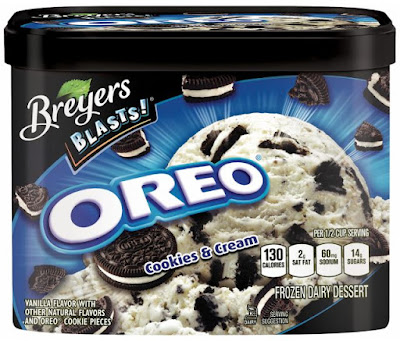
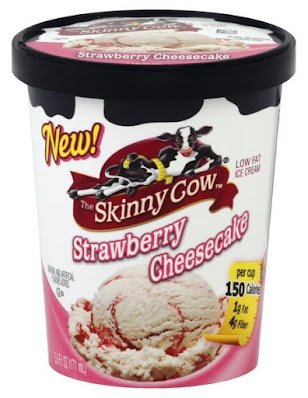
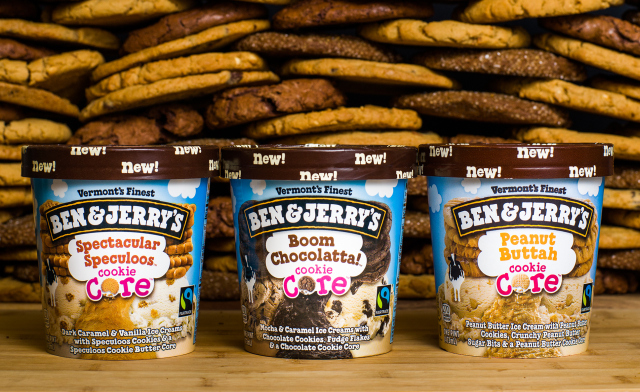
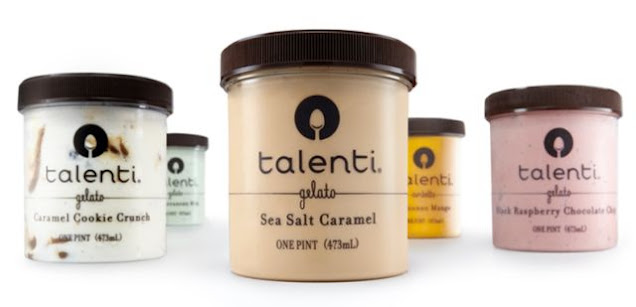
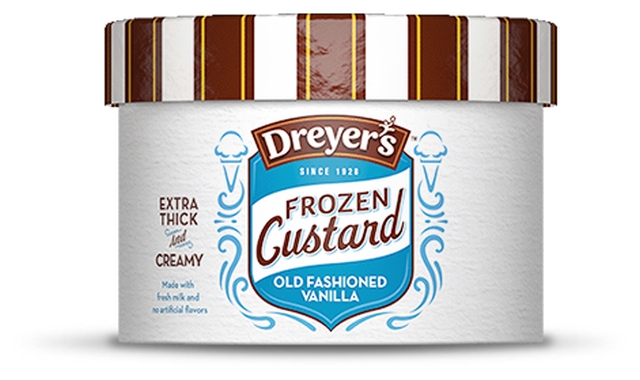











No comments:
Post a Comment
Thanks for commenting. If it helps any, you don't need to type a URL to leave a name.